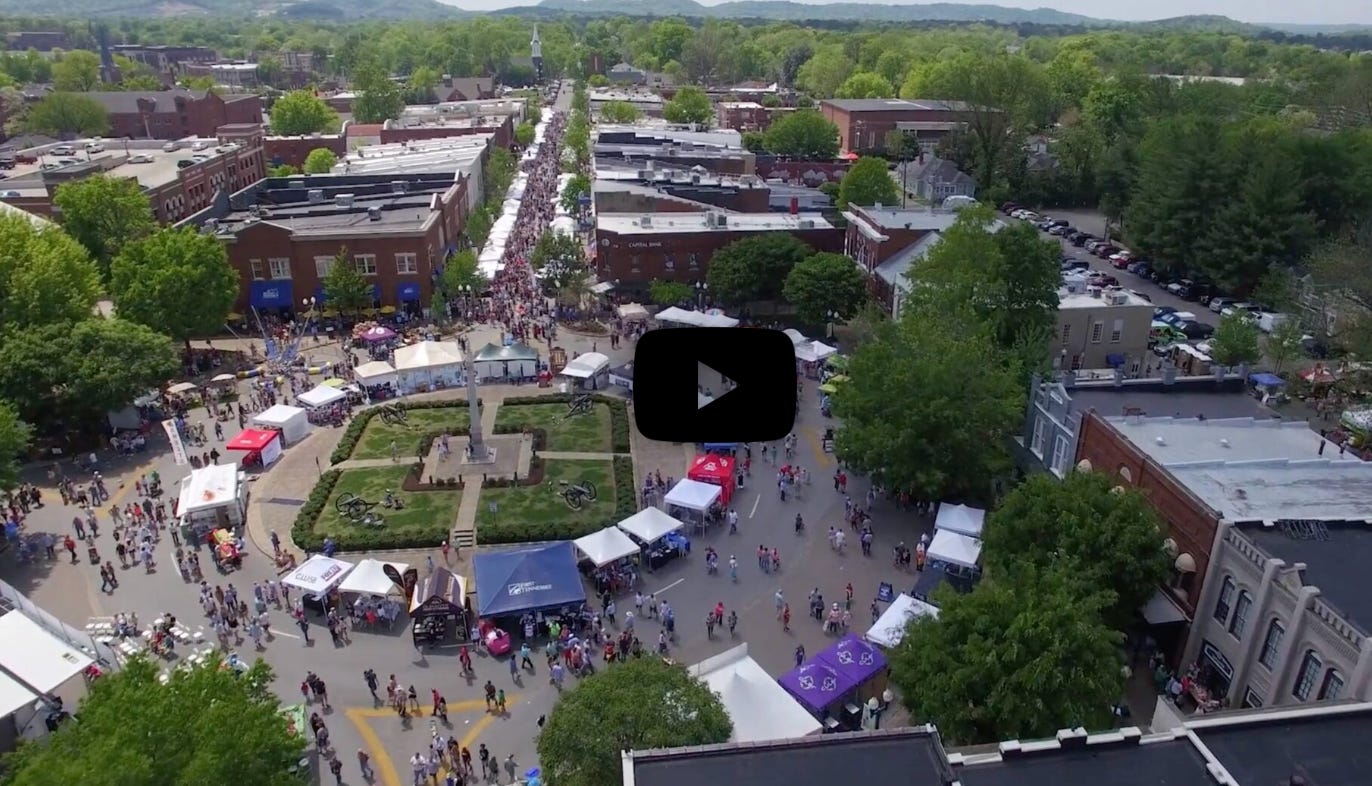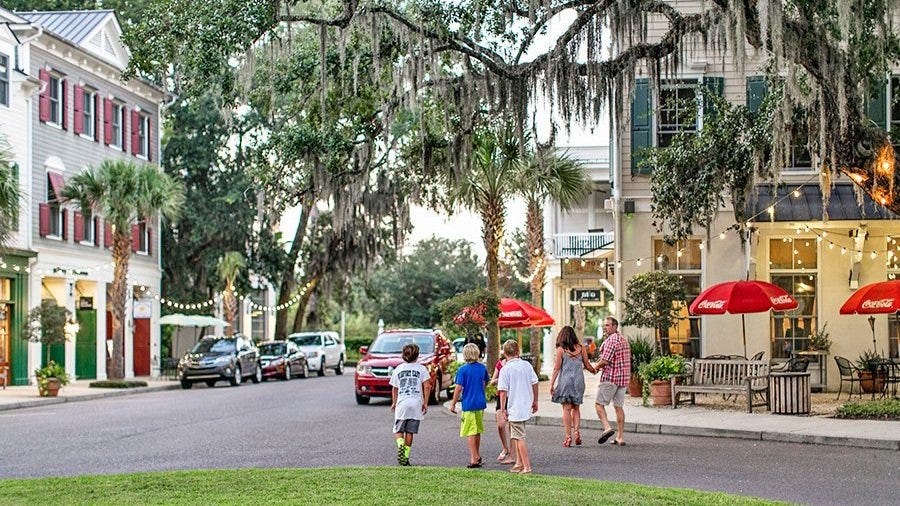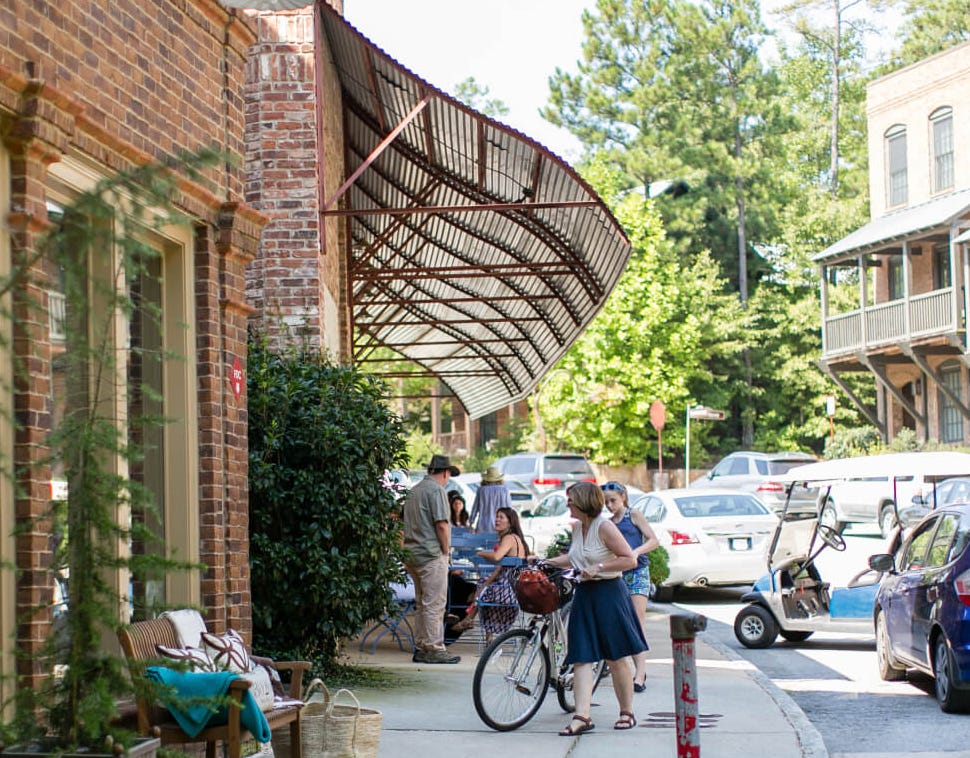Is Southern Sprawl Solvable?
The “National Suburb” has an endless supply of large houses on large lots – and seemingly endless sprawl. But is it possible to provide the American Dream in the South without so much sprawl?
Thanks for reading The Future Of Where! We rely on free subscribers to grow our audience and paid subscribers (who have access to all of our material) to help us pay the bills. Help keep The Future Of Where going by becoming a free or paid subscriber today!
On Monday, I wrote about the South as the country’s emerging “National Suburb” – the place where people migrate to from elsewhere in the country to pursue the American dream. With the dream shut off for most people in so many other parts of the country due to high home prices, this national escape valve is more than necessary – and it’s working for now. In a now-notorious article in The New York Times last spring, Conor Dougherty – reporting from Celina, Texas, maybe the fastest-growing city in the nation – argued that more sprawl is necessary to combat the housing crisis.
But still, the South pretty damned sprawling, and that’s a ticking time bomb. As I said on Monday, Ttaffic is already becoming unmanageable, and the long-term fiscal consequences are truly frightening.
So, what can we do about The National Suburb? Can we still provide people with the opportunity to pursue the American Dream in the South without drowning in a sea of sprawl?
Downtown Franklin, Tennessee
Well, in many ways the answer is no. The sprawl’s been going on for decades and, in that sense, the template is set. But still, there are lots of things we can do to mitigate the problem.
For starters, don’t forget that not all outward suburban expansion is sprawl. A lot of people think that, especially here in California, but suburbanization comes in all shapes and sizes. And so there is plenty of opportunity to create better suburbs – and better places – even amid the sprawl.
Old Downtowns and New Urbanist Oases
In the South, I see two promising types of places: old downtowns and New Urbanist oases.
In the past month, I’ve experienced three small Southern downtowns: Blue Ridge and Athens, both in Georgia, and Franklin, south of Nashville in Tennessee. All are authentic downtowns in terms of their built environment, and Franklin in particular has done a great job of fitting new development in with the historic downtowns. The problem is that, Athens excepted, they are not thriving as day-to-day locations. They are thriving as regional tourist destinations. (As I wrote a while ago, Athens is different because it is a college town; there’s an urban-size Target and a CVS in the downtown right across the street from the campus.)
Take Downtown Franklin, which is more than 200 years old and still features Civil War artillery in the main circle. It’s filled with chic eateries and boutiques and offers almost nothing for sale that anybody would need on a daily basis. It’s a tourist destination, and in a weird way has become a permanent tourist destination for affluent folks from the North who retire there. (While sitting on a bench, I got into a long conversation with a retiree from Rhode Island out for his morning walk.) These folks probably walk to coffee shops and restaurants, but they still have to get in their car to do their daiiy errands.
Habersham, South Carolina
The South also has lots of really great New Urbanist oases. Two that I’ve seen up close are DPZ’s Habersham in Beaufort, South Carolina, and Serenbe, outside of Atlanta, which was developed by hospitality entrepreneur Steve Nygren There’s a reason New Urbanism has thrived in the South: These places are as good as anyplace anywhere, and they really stand out against the backdrop of endless low-density crap.
The Place Premium
The problem with both the Downtown Franklins and the Serenbes is that they’re super-expensive. There’s so much sprawl in the South that there’s an enormous premium places on good, walkable places – so most people can’t afford them. And that’s the trap.
Serenbe, Georgia
Starting in the 1930s and accelerating after WWII, we figured out how to house people affordably and build wealth through suburban sprawl. Almost a century later, it’s still the best way for people of modest means to use home ownership for upward mobility. Just ask any family buying a house the third county out from Atlanta. It’s their only shot at the American Dream.
So the big question is how we sprawl and still give people access to the American dream. There may be no overarching, comprehensive answer. But there are some small-scale ideas






